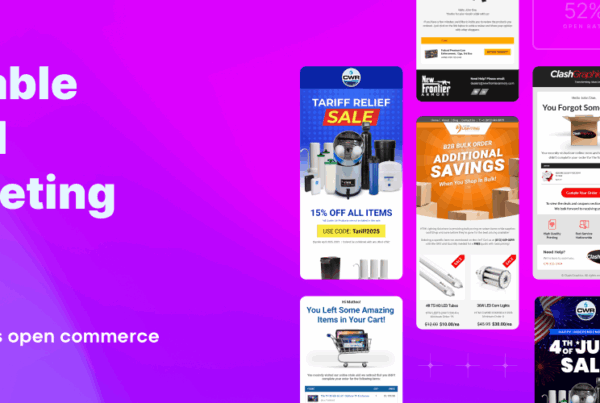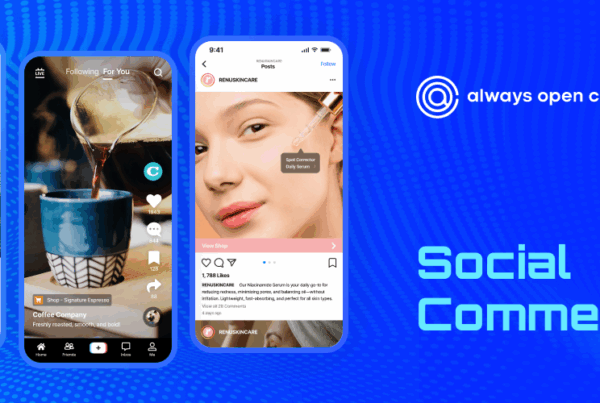Even if we admit it or not, thousands of email newsletters are often ignored and deleted instead of read. How can we then create email newsletters people would be excited to receive and read?
Sending newsletters shouldn’t be done for the sake of merely having something to send your subscribers. A newsletter has to be carefully crafted and packaged. More than that, it has to offer value to its recipients. It has to address and solve your subscribers’ needs.
Because there are different types of subscribers with different needs, there’s no exact and specific formula for a winning newsletter. A newsletter can be loved for different reasons which include an appealing layout and design, an exceptional copy, or persuading CTAs.
The Types of Email Newsletters
To get started, read on and get to know more about the four different types of an email newsletter:
- Informational newsletters are typically short emails that contain either curated content, news, event information, reminders, including birthday or other milestone greetings. It requires no action from the subscriber; it’s sent for the sake of information.
- An educational newsletter is often used to help subscribers address and solve a problem by teaching them certain solutions. This type of newsletter can contain news, updates, or any educational content that can be of great value to your subscribers.
- Lead Nurturing. Most often, lead-nurturing newsletters contain useful, rich, and targeted content aimed to generate sales leads. This type of email follows a sales funnel or cycle and is often sent in a series of emails with the end goal of a subscriber’s CTA response or purchase.
- A promotional email often introduces a new product, promotion, service, or special event with an invitation for the recipients to participate. It should be sent only when needed, or else it can annoy the recipients. It has to have value or else they’ll unsubscribe.
The Anatomy of Great Newsletters
Although there is no exact formula to create your newsletter, there are essential elements to put in mind when creating one. You just have to try and test them out and determine which combination works best for your subscribers. So, what makes a great newsletter then?
- Specific email sender. An email from a legit email address with a real name is most likely to be opened by its recipient instead of one sent by a generic address. To avoid landing the junk, choose ‘name@companydomain.com’ over ‘deptname@companydomain.com.’
- Logo and branding. Your logo has to be placed at the very beginning of your newsletter for quick recognition. More so, every element placed in your newsletter has to be matching and on-brand such as your fonts, theme, buttons, images, content, tone, and personality.
- A catchy subject line. To attract your recipient of opening your sent email newsletter, make sure to make your subject lines brief but creative. Would you open an email with the subject line you wrote? If you won’t, your subscriber probably won’t open that email either.
- Standout headings. Use short but catchy headlines to break your whole newsletter into parts. Humans prefer processing information in chunks. You can also incorporate your personality and branding with the color, font, tone, and style of your headings or headlines.
- High-quality images. High-quality and full-width images can make your newsletter more visually appealing. But, in adding images, make sure they match your branding, and they are relevant to your newsletter’s content. As much as possible, avoid using stock images.
- Relevant and engaging body. Make sure you don’t bore your subscribers with your newsletter’s content. Make your copy simple, engaging, and easy to consume. It also has to be relevant and valuable to your subscribers. You can also personalize your content.
- Call/s to action. Add call to action or CTA buttons to gauge whether your newsletter converts or not. It may be CTAs for your subscribers to follow your social media accounts, read more about your blog, etc. You can also use CTAs to link to relevant landing pages.
- Subscription options. Your newsletter has to abide by the law. To do that, you must include preferences such as “unsubscribe from the list” and “update subscription” in your newsletter’s footer. These are essential newsletter elements that are required by the law.
Other Newsletter Creation Tips
To make sure you’re creating newsletters your subscribers will love and not mark as spam, consider the newsletter creation tips and tricks below:
- Be mobile-ready. Make sure your newsletter renders well on any kind of device. Note that more and more people are reading their emails on their mobile devices. Create a mobile-friendly layout for all your email newsletters.
- Optimize your email list. It’s not wise to send the same newsletter to all your subscribers. You must segment your list according to blog category, subscriber activity, etc. You need to fine tune which newsletters are to be sent to whom.
- Offer freebies once in a while. Your subscribers “subscribed” probably because they’d love to see you in their inboxes. So, once in a while, offer them freebies such as special discounts, content, etc. and make them feel like VIPs.
- Practice consistency. Be consistent with both your newsletter schedule and branding. Stick to your schedule because your loyal subscribers will be waiting. You also need to be consistent with your voice and branding in your emails.
- Make a connection. Share a glimpse of your human side to build a more personal and lasting connection with your subscribers. Share bits or BTS of your personal experiences and stories while staying within your newsletter’s topic.
Study the newsletter creation essentials, tips, and practices discussed above to make sure your email newsletter doesn’t go the spam or junk folder. Then, review and reevaluate your present email newsletter strategies and implementations.
With the right elements and implementation, your subscribers will surely love and look forward to the email newsletters you’ll be sending them. Make your email newsletters worthy of the people’s effort to subscribe. Make every email worth reading.












